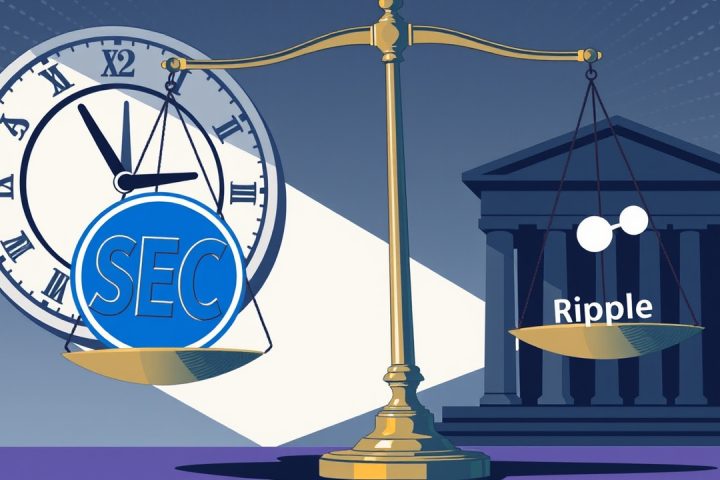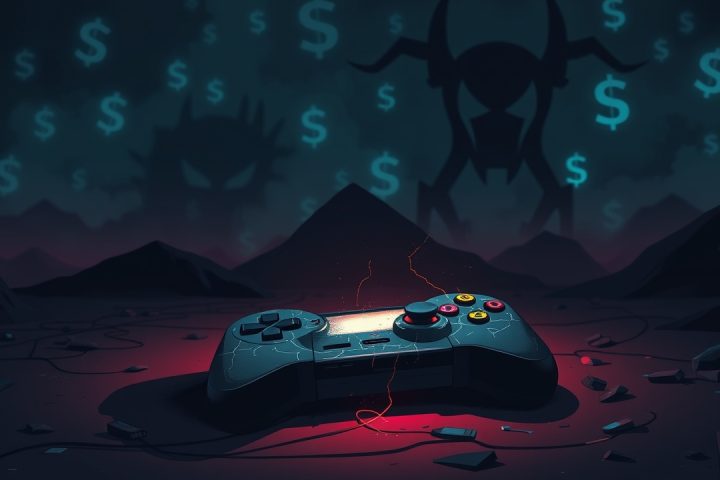Introduction
Imagine a world where your digital assets simply vanish, never to be retrieved again. This is the stark reality for millions who have invested in cryptocurrency. It’s estimated that more than 20% of Bitcoin is effectively lost forever, equivalent to billions of dollars, due to owners misplacing their private keys. As a result, substantial amounts of crypto are caught in an unforgiving digital limbo.
The pressing question now is: what happens to your cryptocurrency when you’re no longer here? Is there a safe way to ensure that your digital treasures can be passed down to your loved ones? In this article, we will explore how individuals can secure their crypto holdings for future generations, delve into philosophical debates regarding digital ownership in the afterlife, and assess strategies specifically for holders of Shiba Inu cryptocurrencies like BONE, LEASH, TREAT, and SHIB to prevent their assets from disappearing into oblivion.
The Risks of Cryptocurrency Ownership
Picture this: you’ve securely stored your crypto in a highly protected wallet, feeling indomitable in your digital environment. But what if life takes an unexpected turn? Losing access to your keys, forgetting your passwords, or passing away without leaving any guidance is a risk that could put your assets out of reach. Unlike traditional banking systems where a helpline could assist you in recovering a forgotten password, cryptocurrency operates on a system of self-custody. With this setup, if you misplace your keys, you lose control over the coins forever.
The Crypto Graveyard
The symbolism of the “crypto graveyard” is not just poetic; it reflects a profound truth. Scattered throughout this metaphorical graveyard are long-dormant wallets containing tens of thousands of Bitcoin. These dormant assets remain stuck in time, their owners long gone—whether due to lost keys, forgotten access, or unforeseen circumstances. These wallets are visible on the blockchain, yet completely unreachable, resembling digital phantoms.
Planning for the Future
While self-custody is a hallmark of cryptocurrency autonomy, it comes with the weighty responsibility to plan for the future. In conventional estate planning, the transfer of assets upon one’s death is straightforward, usually involving a will or trust. In the cryptocurrency realm, however, this process becomes convoluted. If no one possesses your private keys, your assets do not transfer; they simply become inactive on the blockchain, which continues to operate unaffected by your absence.
This raises critical questions: should lost tokens simply remain locked forever, enhancing the deflationary aspect of currency like Bitcoin and SHIB? There are proponents who argue that inaccessible crypto could inadvertently serve a greater purpose. Conversely, others advocate for mechanisms whereby inactive tokens could be redistributed or allocated to beneficiaries—perhaps managed through decentralized autonomous organizations (DAOs).
Emerging Solutions
As the technology matures, concepts like programmable wills are emerging to address these challenges. These smart contracts could automate the transfer of digital assets under specific circumstances, such as prolonged inactivity. For example, you could establish a will that specifies,
“If this wallet remains untouched for 18 months, transfer all SHIB to my brother’s account.”
Although such arrangements may not hold legal weight universally yet, innovation in the field is advancing rapidly, bringing us closer to a future where your crypto can continue to thrive in your absence.
Proactive Measures for Your Digital Legacy
Having traversed this graveyard of lost coins, it’s imperative to take proactive measures regarding your crypto assets to avoid becoming a cautionary tale. Fortunately, you do not need extensive legal knowledge or blockchain expertise to create a reliable inheritance strategy for your crypto assets. The rise of Web3 presents innovative solutions to secure your holdings against loss. Here are steps to consider to safeguard your digital legacy:
- Utilizing multi-signature wallets offers an assurance of shared access, requiring a consensus among trusted contacts to unlock the assets. This ensures that even if you are no longer able to manage your assets, they can still be accessed with the agreement of trusted partners. However, it is critical to guarantee these confidants are well-informed on how to handle digital assets responsibly.
- Incorporating wallet information into a standard will carries risks, particularly if your seed phrase lands in probate court, becoming vulnerable to others. Instead, consider encrypting such sensitive information or leaving out crucial details entirely for added security.
- There are tools akin to spy gadgets at your disposal. Dead man’s switches can be programmed to redirect assets automatically to a specified address if you do not confirm your status after a designated period. Time locks can also delay transfer until particular conditions are satisfied. Together, these mechanisms create a contingency for your digital legacy in unforeseen events.
Even if creating a sophisticated will or smart contracts feels daunting at this moment, immediate practical measures can make a significant difference. The aim should not just be to preserve your assets, but to ensure they benefit the right people when needed—be it family, friends, or community entities.
Conclusion
During the recent Blockchain Futurist Conference in 2023, Shytoshi Kusama highlighted the necessity for a comprehensive crypto inheritance plan—an idea that aims to tackle one of the most pressing issues facing the crypto community. Though still in conceptual stages, this vision seeks to bring a decentralized approach to estate planning in a world governed by self-custody, where misplaced keys can lead to the loss of fortunes.
Contrary to traditional views of death as the end, it doesn’t have to signify a complete loss of your crypto assets. With careful foresight and preparation in a world where self-custody prevails, you can significantly increase the likelihood of your digital wealth being allocated meaningfully, rather than locked away indefinitely. Creating a crypto inheritance plan is about embracing ownership of your future, even beyond your lifetime—a rare and transformative kind of empowerment. The real question you must confront is: what legacy do you wish to leave in the digital realm?




